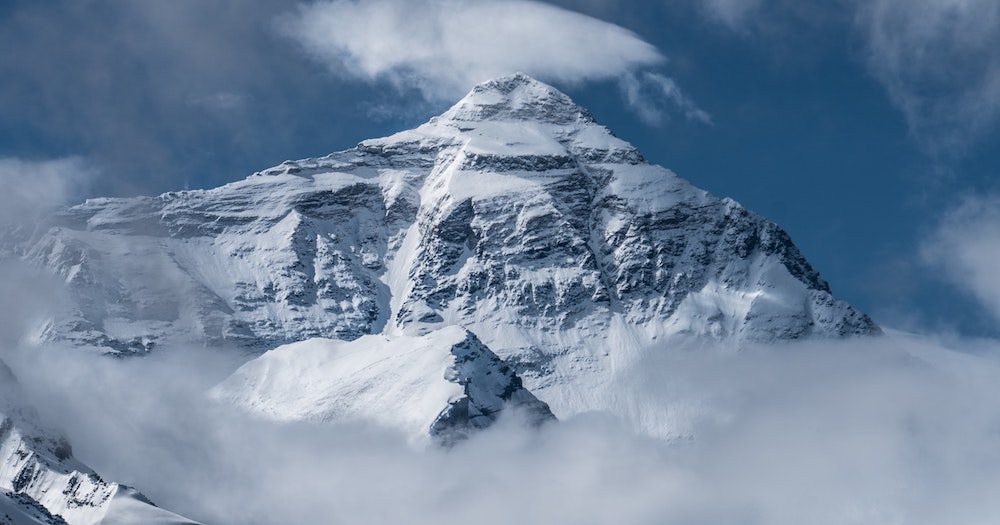Microplastics have now reached a new high.
According to a study published in the journal, One Earth, microplastics were found in snow and stream water obtained from Mount Everest at 8440m above sea level.
Previously, microplastics were found in Mariana trench in the Pacific Ocean, which reaches a depth of 11 kilometres.
First time microplastics were detected on Everest
This is the first time that microplastics (which are smaller than five millimetres in size) had been found on Everest.
The research team collected 11 samples of snow and eight samples of stream water at different parts along the mountain.
All the snow samples contained microplastics, while three out of eight water samples had microplastics.
Imogen Napper at the University of Plymouth told New Scientist:
"Even though the research on Mount Everest was really exciting and getting the samples was incredible, you are secretly hoping not to find any because you want the environment to be pristine."
The highest concentration of microplastics was observed in the sample taken from the Everest Base Camp, where there is concentrated human activity.
Microplastics could be from outdoor gear & clothing
The study found that the top three types of polymers discovered in the samples were polyester, acrylic and nylon.
These materials are usually used to made clothing and most outdoor gear, such as tents and climbing ropes.
It was added that "just walking around for 20 minutes, washing our clothes or opening a plastic bottle can release microplastics into the environment".
It also highlighted that Mount Everest has accumulated old tents, glass, fixed ropes, human waste, used oxygen bottles, tins, and paper left behind from previous expeditions by trekkers who have visited the remote area.
At the same time, there is a possibility that the wind could transport microplastics by up to 95 kilometres.
It serves as a timely reminder that we should remember not to leave trash behind when visiting natural spaces.
We deliver more stories to you on LinkedIn
Top images by Luo Lei/Unsplash
If you like what you read, follow us on Facebook, Instagram, Twitter and Telegram to get the latest updates.
